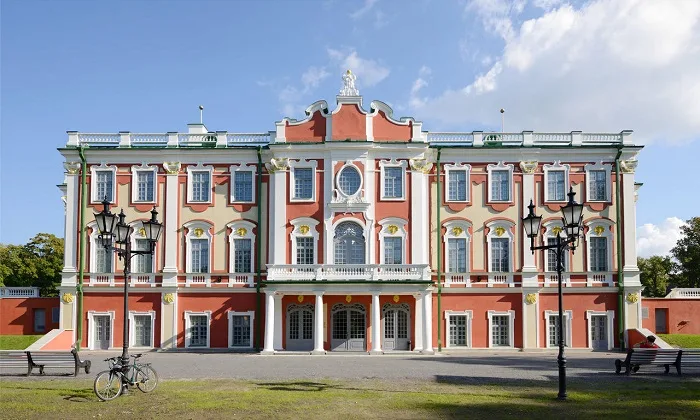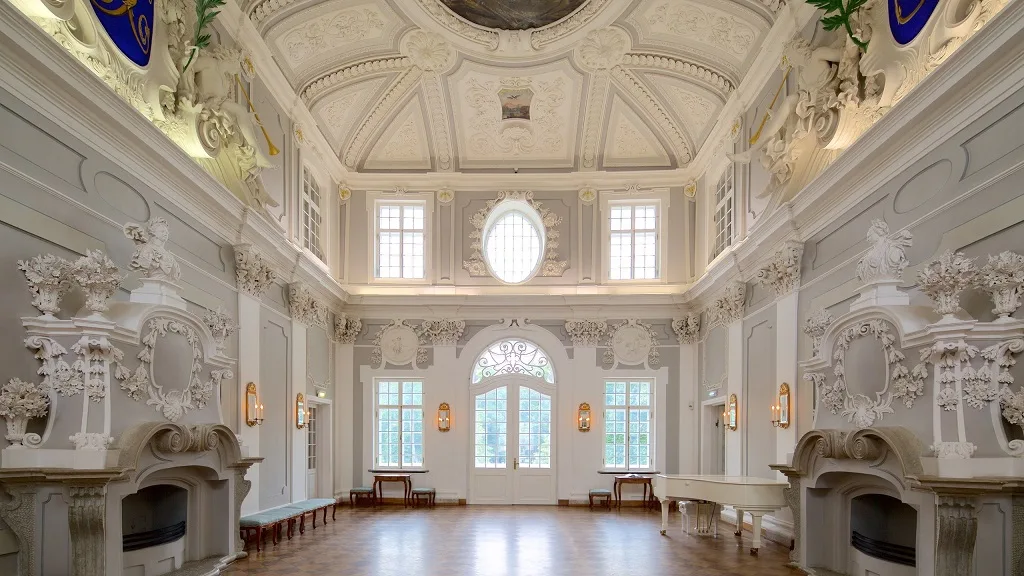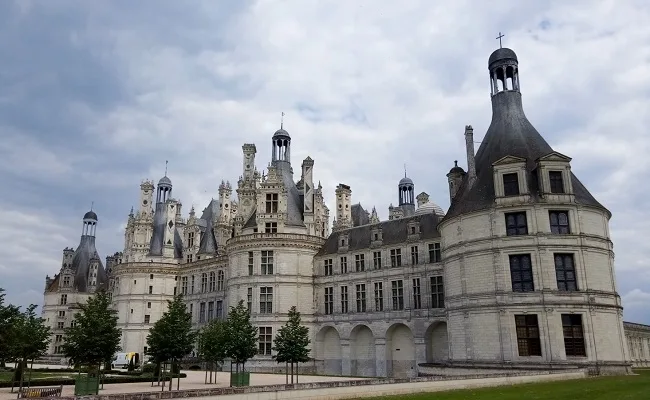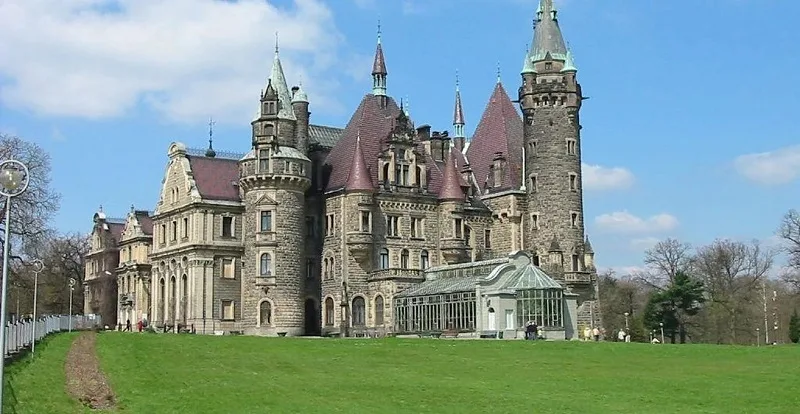
Kadriorg Palace: A Journey Through Estonia’s Baroque Masterpiece
Steeped in history and architectural beauty, Kadriorg Palace stands as a testament to baroque grandeur in the heart of Tallinn, Estonia. This article delves into the palace’s rich past, how to visit this majestic site, its resilience through sieges, key historical sights within, and why it remains a must-visit destination for history enthusiasts and travelers alike.
About the History of the Creation of This Castle
Commissioned by Peter the Great in the early 18th century, Kadriorg Palace was conceived as a summer residence for the Russian emperor and his family. Designed by the Italian architect Niccolo Michetti, the palace is a magnificent example of Petrine Baroque architecture, reflecting the grandeur and ambitions of its imperial patron.
The palace’s construction marked a new era in the architectural landscape of Estonia, introducing European baroque styles to the Baltic region. Over the centuries, it has served various roles—from a royal residence to an art museum, each phase adding layers to its rich historical tapestry.
How to Get There
Reaching Kadriorg Palace is a journey through the picturesque landscapes of Tallinn. Located just a few kilometers from the city center, the palace is accessible by public transport, including buses and trams, offering a convenient route for visitors.
For those preferring a scenic walk, a pathway through Kadriorg Park leads directly to the palace, allowing visitors to enjoy the serene beauty of the surrounding gardens and fountains along the way.
Historical Sieges and Resilience
While Kadriorg Palace itself may not have withstood traditional military sieges, it has survived the test of time through periods of political and social upheaval, including the Great Northern War, World War II, and the Cold War. These events have left their mark on the palace, shaping its history and preservation as a cultural monument.

Historical Sights of the Castle
Today, Kadriorg Palace is renowned not only for its architectural beauty but also for housing the Art Museum of Estonia’s foreign collections. Visitors can explore an array of European art, from paintings and sculptures to decorative arts spanning several centuries.
The palace’s gardens are another highlight, designed in the style of a formal French garden. They feature meticulously landscaped lawns, flowerbeds, and hedges, alongside meandering pathways and ornate fountains, offering a peaceful retreat from the city.
Is It Worth the Visit?
Visiting Kadriorg Palace is a journey through history, art, and architecture. It offers a unique glimpse into the lives of European royalty, the evolution of artistic styles, and the enduring beauty of baroque architecture. Whether you’re a history buff, art enthusiast, or simply in search of a tranquil escape, Kadriorg Palace promises an enriching and memorable experience.
With its rich history, stunning architecture, and cultural significance, Kadriorg Palace stands as a testament to Estonia’s historical complexity and artistic heritage. It remains a jewel in the crown of Tallinn’s historical sites, beckoning visitors from around the world to explore its grandeur.
Popular articles
-
 Beautiful and Exquisite Chambord Palace
Beautiful and Exquisite Chambord PalaceChambord Palace, known as Château de Chambord, in France, stands …
-
 Moszna Castle: A Journey Through Time and Elegance
Moszna Castle: A Journey Through Time and EleganceMoszna Castle, located in the picturesque region of Opole, Poland, …
-
 Exploring Conwy Castle: A Journey Through Time
Exploring Conwy Castle: A Journey Through TimeConwy Castle, a medieval masterpiece nestled in the heart of …
